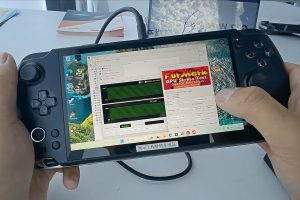GPD Win 5 Might be First Handheld PC That Trades Portability for Power
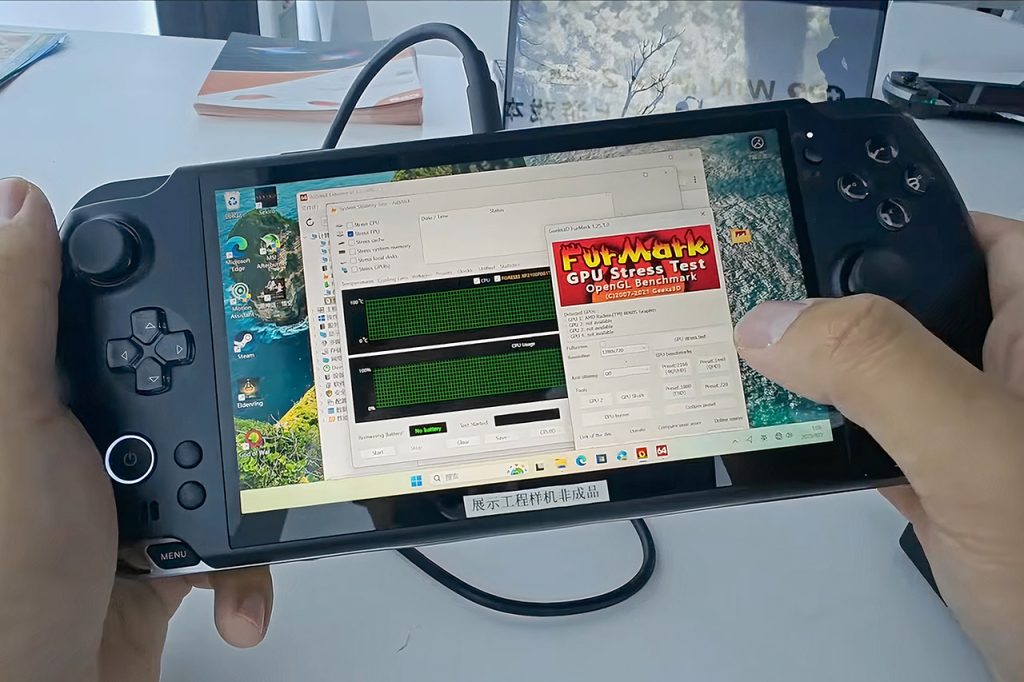
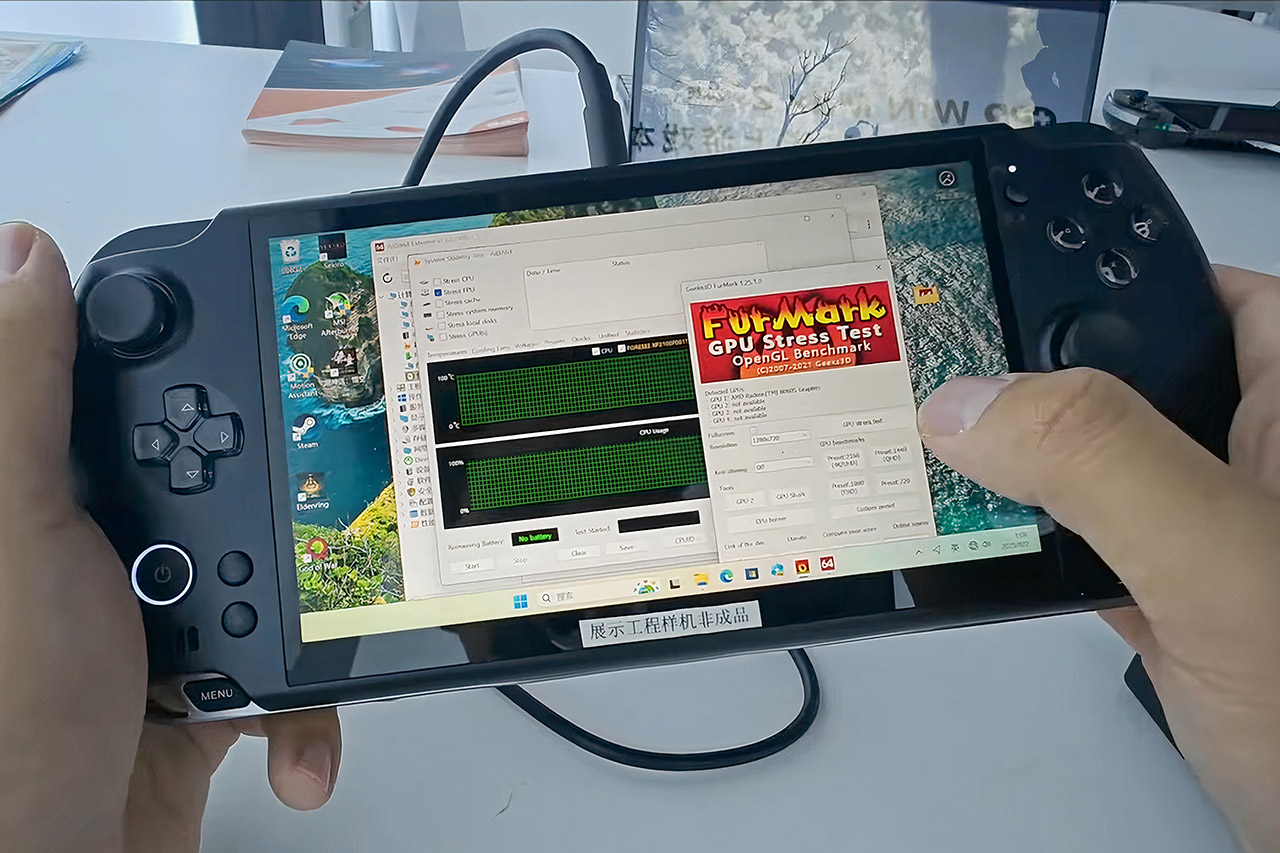
GPD’s new Win 5 is like a fever dream born from a PlayStation Portable blueprint, but with hardware that would make a gaming laptop blush. This handheld PC, launching in October 2025, isn’t satisfied with being just another portable gaming device. It’s a wild experiment in cramming desktop-level performance into a pocketable form and it’s willing to make some crazy compromises to get there.
Start with the heart of the Win 5: AMD’s Strix Halo processors, the Ryzen AI Max+ 395 or the slightly less powerful Ryzen AI Max 385. These chips are monsters, with 16 or 8 Zen 5 CPU cores respectively, and Radeon 8060S or 8050S GPUs that deliver graphics performance on par with an NVIDIA GeForce RTX 4060. In early testing the Win 5 scored 9,680 on the 3DMark Time Spy benchmark, leaving every other handheld, laptop or mini PC with integrated graphics in the dust. Black Myth: Wukong runs at 169-210fps at 720p with low settings, but the cooling system (dual fans and four heat pipes) works overtime to keep temperatures at 65°C at 55-70w power draw.

Lenovo Legion Go S – 2025 – Mobile Gaming Console – AMD Radeon graphics – 8″ PureSight IPS Display -…
- ALL GAMES, ALL PLACES, ALL YOURS – Get ready to game on the 8″ 120Hz Lenovo PureSight display and launch any title using Legion Space. The AMD Ryzen…
- SEE EVERY DETAIL – Make every scene pop with 500 nits of stunning brightness and 100% sRGB color accuracy. And with 10-point touch support, your…
- PLAY YOUR WAY – Play hundreds of high-quality PC games with your complimentary 3 months of PC Game Pass and EA Play. With new games added all the…
The screen is a 7-inch, 1920×1080 touchscreen with 120Hz refresh rate, variable refresh rate and FreeSync Premium. With 500 nits and Corning Gorilla Glass 6, it’s a display that can handle bright rooms or on the go. Memory options are just as wild, 32GB, 64GB or 128GB of LPDDR5x-8000 quad-channel RAM and up to 4TB of PCIe 4.0 NVMe storage in an M.2 2280 slot and a secondary mini SSD slot. Connectivity is plentiful, USB4 port with 40Gbps data and 100W Power Delivery, USB 3.2 Gen 2 Type-C, Type-A port, HDMI 2.1, microSD card reader, 180W DC input. Intel AX210 for WiFi 6E and Bluetooth 5.3, stereo 2W speakers with Dolby DTS:X and dual microphones.
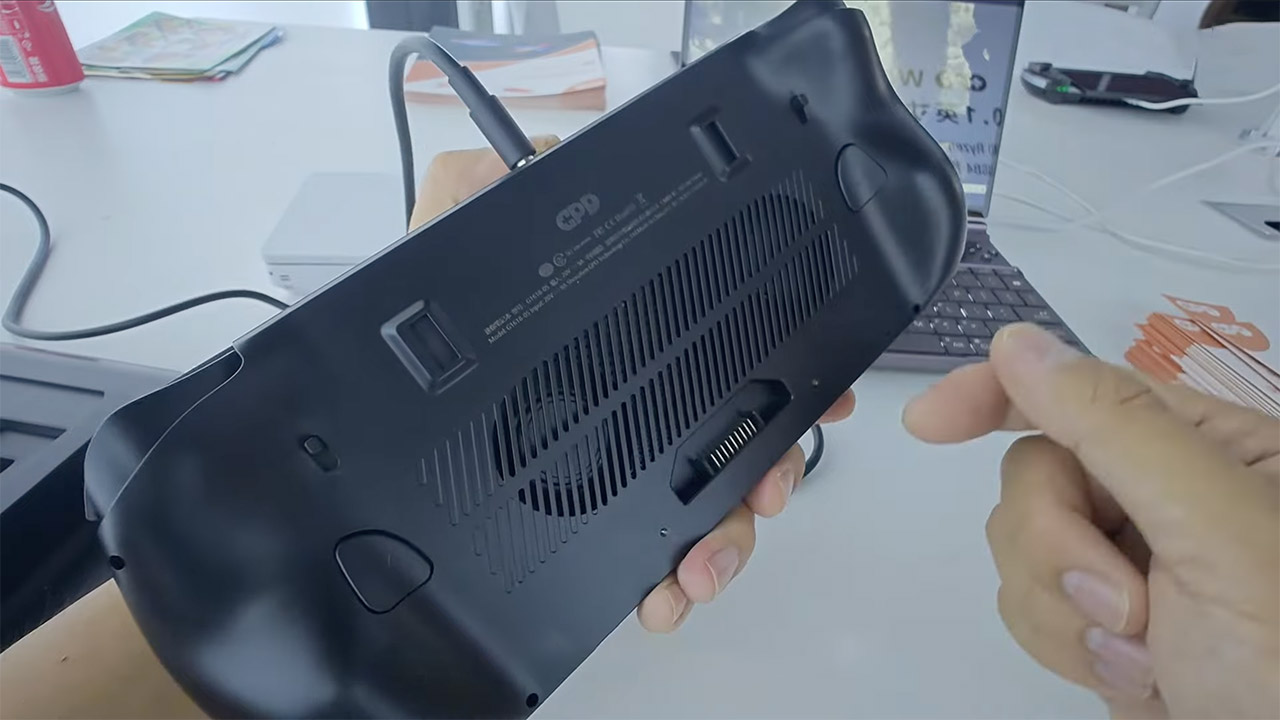
Controls are where the Win 5 feels most like a traditional handheld, but with a modern twist. Dual analog sticks with RGB backlighting, a D-pad, action buttons and hall-effect triggers with switchable short or long travel modes are a gamer’s dream. Mappable rear paddle buttons, 6-axis motion sensor and dual haptic motors add precision and immersion. An optical mouse sensor and mouse mode let you navigate Windows using the gamepad, since GPD ditched the physical keyboard that defined earlier Win models. This is a trade off, the bulk is gone but the productivity edge that made previous GPD devices feel like mini laptops is gone too. For some this will be a deal breaker, for others it’s a fair trade for the power packed inside.
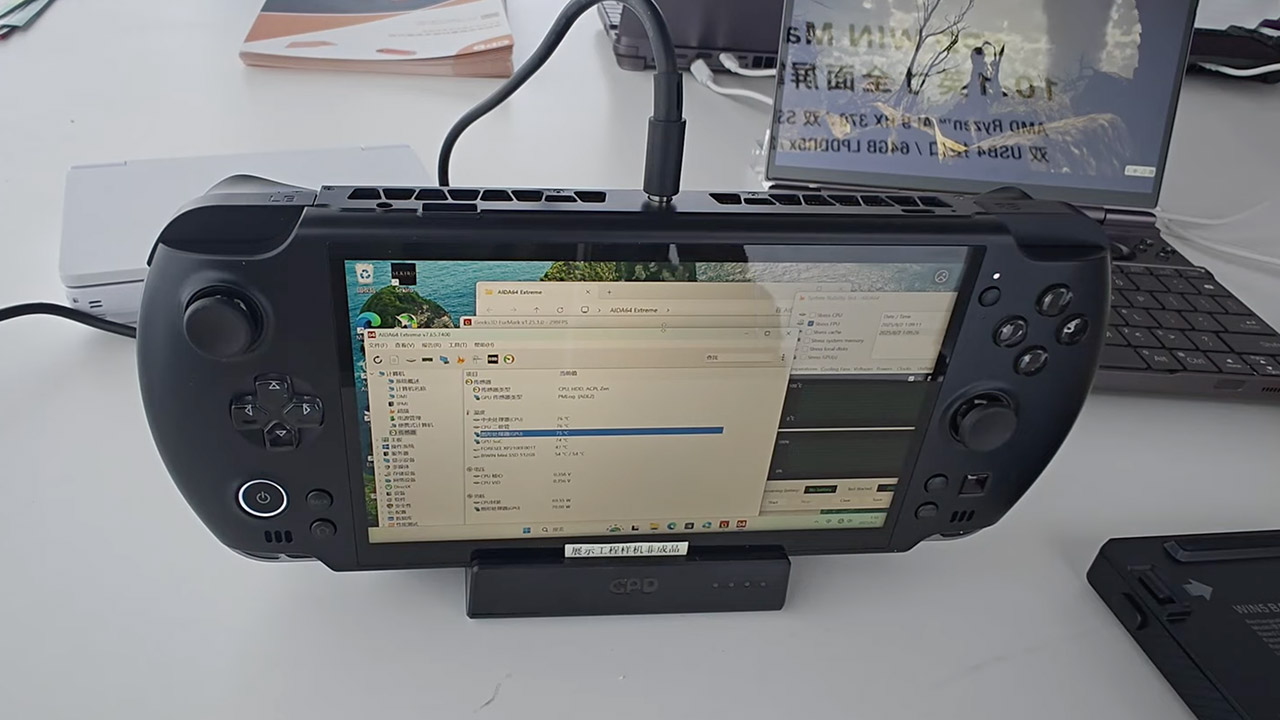
Now let’s talk about the elephant in the room – or rather the battery on the back. The Win 5 has no internal battery, a move that’s both bold and controversial. Instead it relies on an external 80Wh (5,170mAh) battery pack that clips onto the back like a backpack, adding 340 grams to the device’s 570-gram base weight. 4.4 x 4.3 x 0.7 inches it’s not exactly stealthy, total weight is around 900 grams. This pack promises 2 to 6 hours of runtime depending on usage, or you can plug the device into a 180W power adapter for stationary play. A docking station with HDMI, USB-C, three USB-A ports and Ethernet turns it into a desktop setup. The external battery is modular so you can swap it out or skip it entirely if you’re plugged into a power outlet, but it makes the Win 5 less portable than rivals like the Steam Deck or ASUS ROG Ally X. But the ability to replace or upgrade batteries without opening the device is a rare win for repairability.
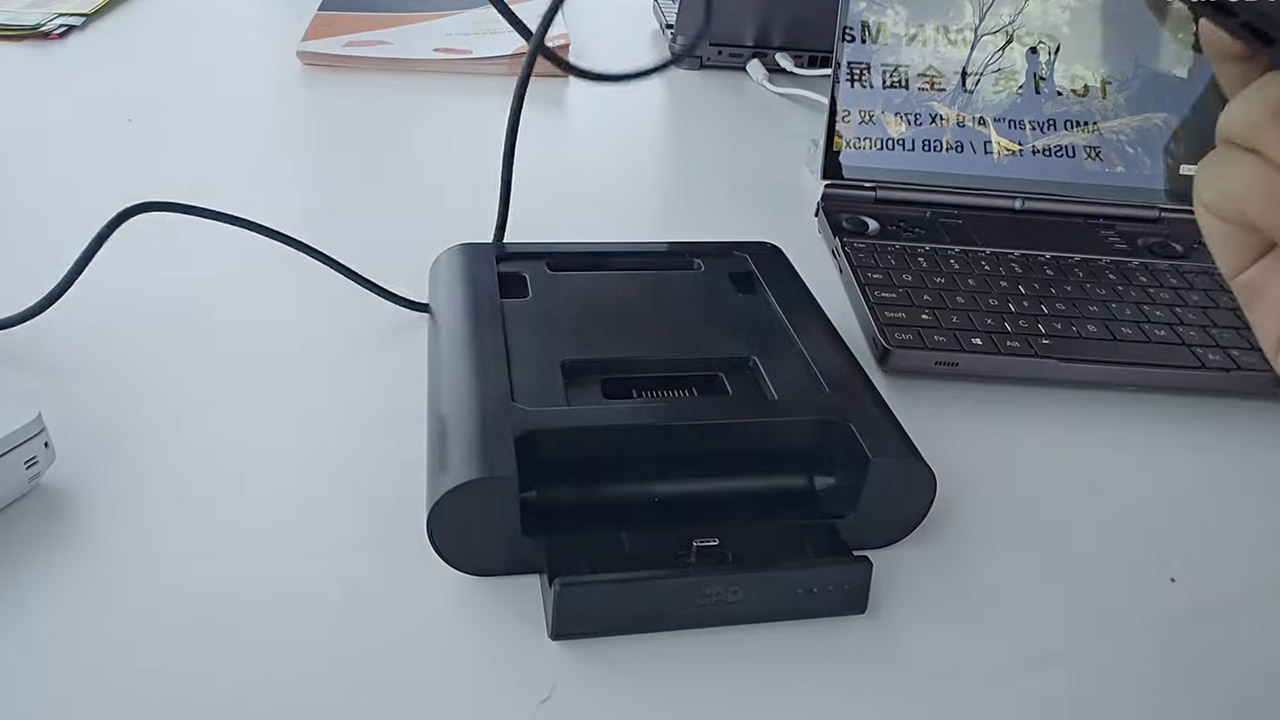
Performance comes at a cost, and not just in portability. The Strix Halo’s 45-75W TDP is a power hog compared to the 15-35W chips in most handhelds, so even that big battery won’t last long under heavy loads. Early estimates suggest the Win 5’s price could start above $1,500, especially for the top-tier Ryzen AI Max+ 395 model, so it’s a premium product. Ayaneo’s upcoming Next 2 which also uses Strix Halo but has an internal battery might offer a more traditional handheld experience. But GPD’s bet is clear: this isn’t for casual gamers or budget buyers. It’s for those who want uncompromised power in a handheld, even if it means carrying a charger or battery pack.
[Source]
GPD Win 5 Might be First Handheld PC That Trades Portability for Power
#GPD #Win #Handheld #Trades #Portability #Power






